Презентація "Natural hazards"

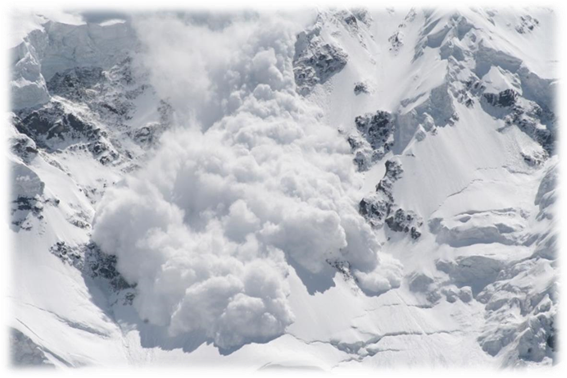
"Avalanche" means a lot of snow falling down a mountain really fast. It happens when the snow gets too heavy and slides down. Avalanches can be dangerous, so it's important to be careful in snowy mountains and follow safety advice.
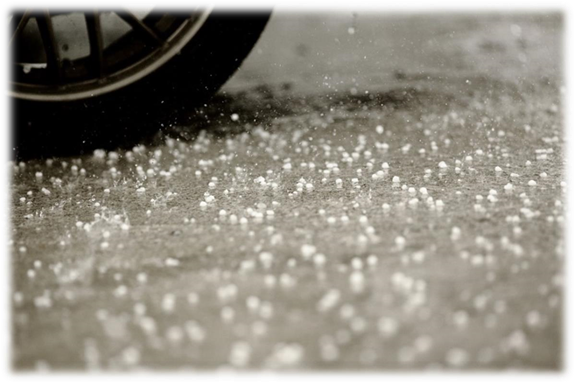
"Hailstorms" mean when small balls of ice fall from the sky. It happens during thunderstorms when the weather is very cold up high. The ice balls are called hailstones, and they can be as small as peas or as big as golf balls. Hailstorms can be noisy and might damage things outside, like cars or plants. It's good to stay indoors when a hailstorm is happening.
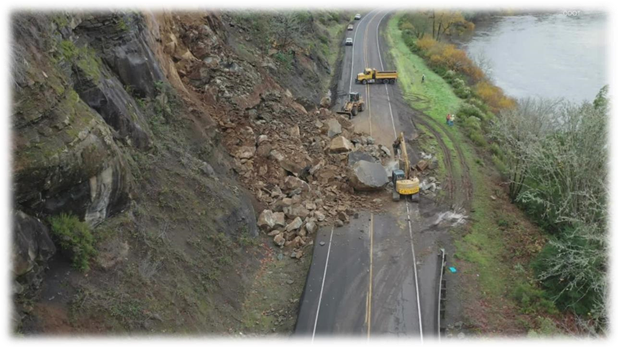
"Landslide" means when a lot of earth and rocks suddenly move down a hill or a mountain. It can happen because of heavy rain or other reasons. Landslides can be dangerous, and it's important to be careful in areas where they might occur.
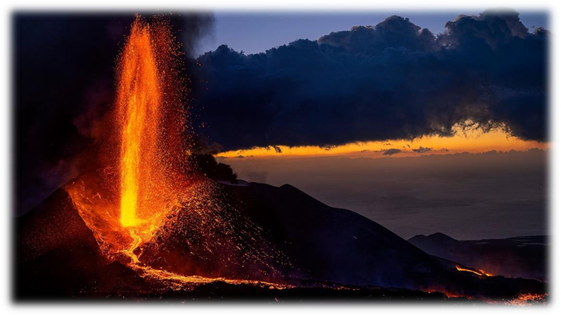
“Volcanic eruption” means that a volcano, which is a mountain that can spew out hot lava, ash, and gases, is erupting. During an eruption, the volcano releases materials from inside the Earth, like molten rock called magma, and this can cause various phenomena such as lava flows and ash clouds. It's a natural event that happens due to processes beneath the Earth's surface. Volcanic eruptions can have effects on the environment and nearby communities.
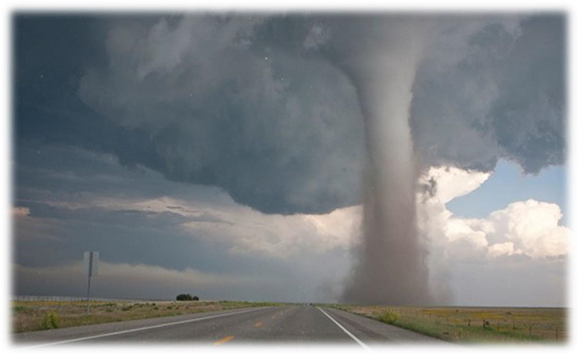
“Tornado” means a strong and swirling wind that comes from a thunderstorm. It looks like a twisting funnel of air and can be very powerful. Tornadoes can cause damage to buildings and trees. They happen during certain kinds of severe weather, like thunderstorms, and are a natural phenomenon.
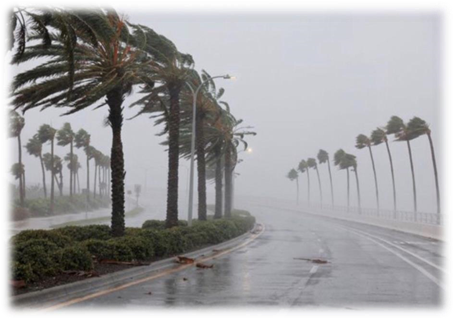
“Hurricane” means a very strong and big storm with heavy rain and powerful winds. It forms over warm ocean waters and can cause a lot of damage when it reaches land. A hurricane can have a circular shape, and the center is called the eye, where the weather is usually calm. Hurricanes are natural events that occur in certain parts of the world.
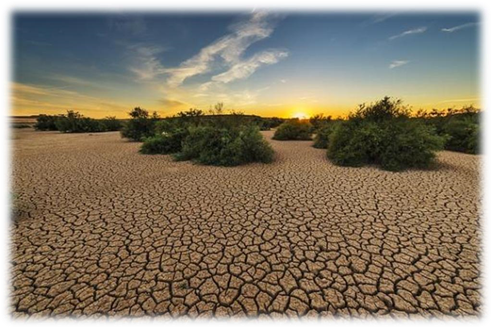
“Drought” means that there is not enough rain for a long time. During a drought, the land becomes very dry, and it can be challenging for plants, animals, and people to get the water they need. Droughts are natural events, and they can affect farms, rivers, and overall water supply.
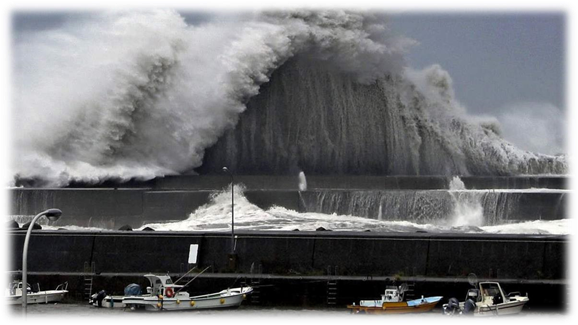
“Tsunami” means a very big ocean wave caused by something like an earthquake or a volcano under the sea. It can be very powerful and can flood coastal areas. Tsunamis are natural events that happen in certain situations and can have a significant impact on the areas they reach.
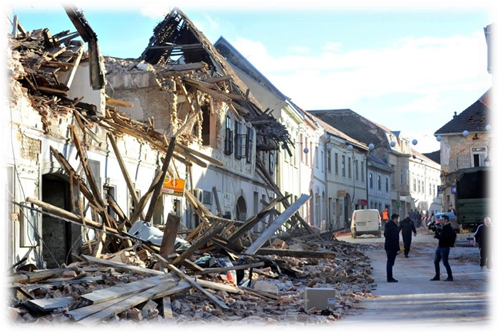
"Earthquake" means when the ground shakes. It happens because of movement in the Earth. Earthquakes can be strong or not so strong. Sometimes, they make things shake, like buildings or trees. Earthquakes can be a little scary, but it's important to stay safe during them.
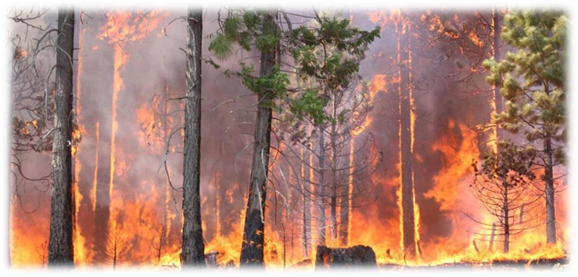 |
“Wildfire” means a big and uncontrolled fire that spreads quickly through forests, grasslands, or other areas with a lot of plants. It can be dangerous and cause damage to trees, animals, and sometimes buildings. Wildfires can occur due to various reasons, including lightning or human activities. They are natural events that need to be managed to prevent harm to the environment and communities.
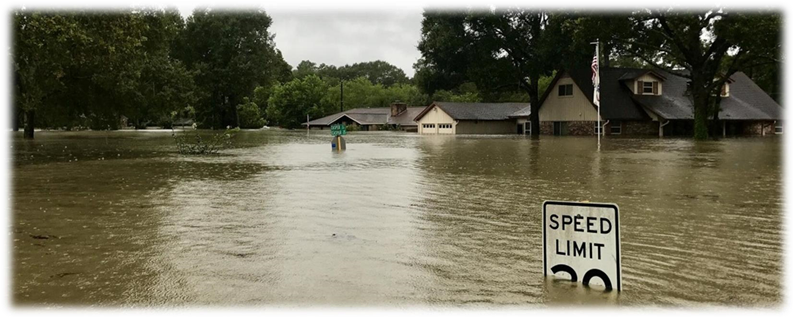
"Floods" means when a lot of water covers the land. It happens when there is too much rain or melting snow, and the water goes where it shouldn't, like onto streets or fields. Floods can be dangerous and cause damage to homes and things.
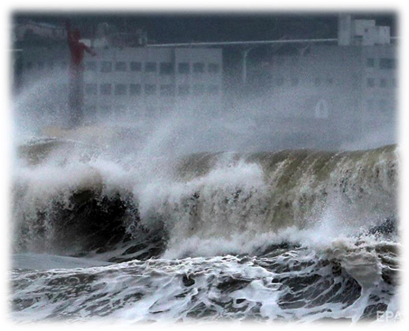
“Typhoon” means a very strong and big storm with heavy rain and powerful winds. It is like a hurricane, but the term
"typhoon" is used in the western Pacific region. Typhoons form over warm ocean waters and can cause a lot of damage when they reach land. They are natural events that occur in specific parts of the world.


про публікацію авторської розробки
Додати розробку
